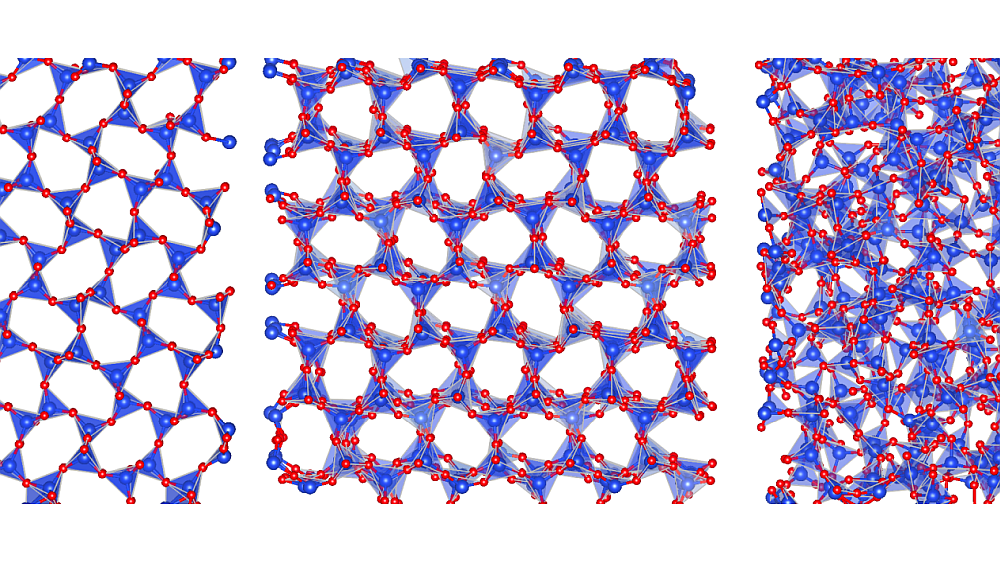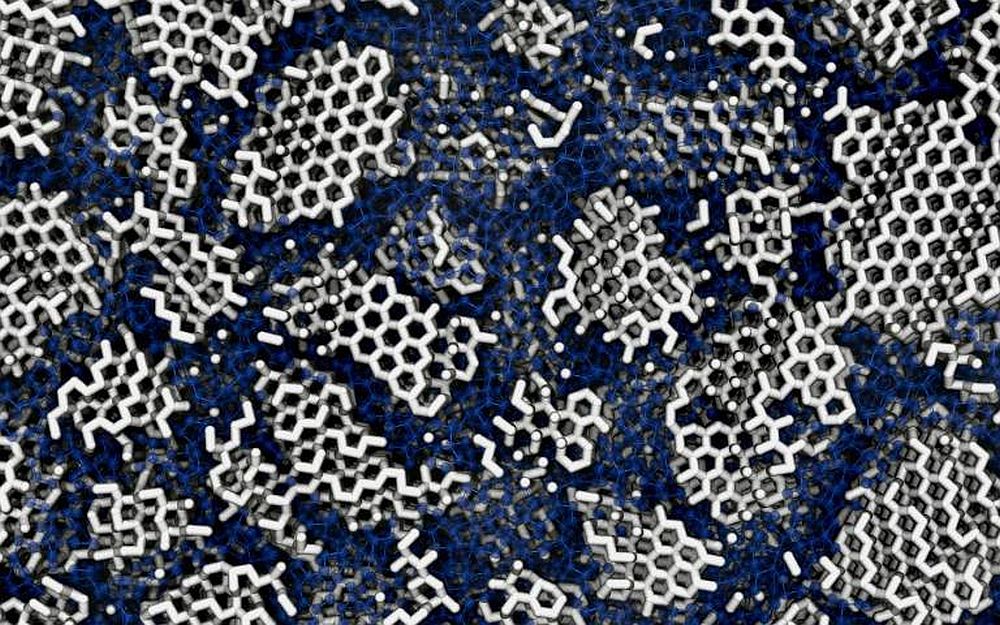Bulk and “unbulk” materials behave very differently, which has led to some useful applications and a lot of very interesting research. As characterization tools improve and as our understanding of the nature of materials on the atomic level improves, researchers are starting to be able to explain “unbulk” behavior, which opens the door to controlling properties, thinking about new applications and maybe even designing new materials.
You may recall that several of challenges identified at last spring’s Grand Challenges in Ceramics exercise addressed similar issues, in particular, the challenge to develop oxide electronics, the need to understand metastable defects near interfaces and the desire to be able to predict heterogeneous microstructures with unprecedented functionality.
A new paper published by a team led by Ho Nyung Lee at Oak Ridge National Laboratory is a case in point. The team, which includes researchers from North Korea, Canada and Germany, studied lanthanum cobaltite, LaCoO3. In the bulk, the material is not magnetic. However, in thin film form, it is strongly ferromagnetic.
Epitaxial growth of complex oxide thin films usually leads to strain in the film from lattice mismatch with the substrate. The strain needs to be accommodated, and usually that occurs by setting up dislocations in the thin film, which can severely compromise the materials desirable properties.
Lee’s team, however, found that the LaCoO3 epitaxial film accommodated the strain by forming ferromagnetic nano-domains. The abstract explains the team detected “an unconventional strain relaxation behavior resulting in stripe-like, lattice modulated patterns, which did not involve uncontrolled misfit dislocations or other defects.”
That is, for this material, the strain relaxation mechanism led to a well-ordered ferromagnetic structure, rather than a disordered, dislocation-filled structure. Again, from the abstract, “The modulation entails the formation of ferromagnetically ordered sheets comprising intermediate or high spin Co3+, thus offering an unambiguous description for the exotic magnetism found in epitaxially strained LaCoO3 films.”
The team used characterization tools like scanning transmission electron spectroscopy, and X-ray and optical spectroscopy, which allowed them to see the telltale stripe-like lattice patterns of the ferromagnetic domains.
In a press release, Lee explains the significance of the discovery. “We discovered properties that were not readily apparent in crystal, or bulk, form, but in thin-film form we were able to clearly see the atomically ordered lattice structure of lanthanum cobaltite. With this knowledge, we hope to be able to tailor the physical properties of a material for many information and energy technologies.”
Perhaps the work could lead to a new way of thinking about magnetic materials. Even though this work was done on a rare earth compound, could it eventually lead to a new way of establishing magnetism in non-RE complex oxide thin films?
Time will tell. Meanwhile, Lee points out in the press release that cobaltites, themselves, are materials that merit better understanding. “Since cobaltites are promising candidates for magnetic sensors, ionic conductors and surface catalysts, this discovery provides a new understanding that can be used for artificial tuning of magnetism and ionic activities” he says.
The paper is “Strain-Induced Spin States in Atomically Ordered Cobaltites,” by Choi, et al., Nano Letters (doi: 10.1021/nl302562f).
Author
Eileen De Guire
CTT Categories
- Basic Science
- Nanomaterials


